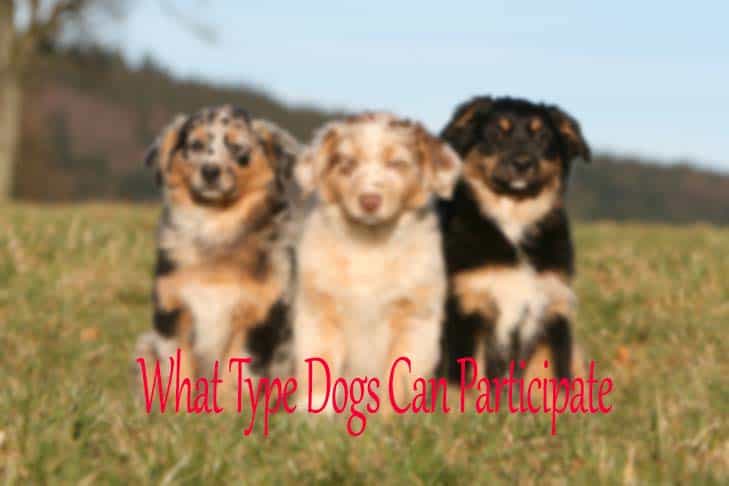Welcome to our comprehensive guide titled “Show Me a Picture of Dog Poop: A Visual Guide to Canine Waste Identification.” As responsible pet owners, it is crucial to be able to identify signs of your dog’s health through their waste. In this blog, we will showcase various images and descriptions of dog poop to help you understand what is considered normal and what might indicate potential health issues in your furry friend. From color and consistency to possible warning signs, our visual guide aims to educate and assist dog owners in maintaining their pets’ well-being. So, if you’ve ever wondered, “Show me a picture of dog poop,” you’ve come to the right place!
Introduction: Understanding the Importance of Identifying Dog Poop
Dog poop identification is a crucial aspect of responsible pet ownership. Knowing how to recognize different types of canine waste can provide valuable insights into your dog’s health and well-being. Identifying dog poop allows pet owners to monitor their dog’s digestive system, detect potential health issues early, and ensure their furry friend is in optimal condition.
The Visual Guide: Show Me a Picture of Dog Poop
Visual aids, such as pictures of dog poop, can be highly beneficial in understanding the various characteristics of canine waste. These images can help pet owners compare and identify their dog’s feces, aiding in the early detection of any abnormalities or health concerns.
The Significance of Color and Consistency
Color and consistency play a significant role in deciphering dog poop. Changes in color or texture can indicate underlying issues such as dietary intolerances, infections, or parasites. By closely examining your dog’s feces, you can address potential problems swiftly.

Types of Dog Poop: A Comprehensive Overview
Identifying the type of dog poop is essential for maintaining your pet’s health. Let’s explore the common types that you may encounter:
Firm Stool
Firm stools are ideal and indicate that your dog is eating a balanced diet. Ensure your dog stays hydrated.
Soft Stool
Soft stools may signify dietary changes or mild gastrointestinal upset. Monitor and adjust their diet as necessary.
- Causes include:
- Poor diet
- Food intolerance
- Stress
Runny Stool
Runny stools can indicate more severe issues such as parasites or infections. Consult your vet immediately.
Visual Guide: Image References to Differentiate Types of Canine Waste
Identifying the type of canine waste is essential for pet owners to monitor their dog’s health and detect any potential issues early on. This visual guide provides images and descriptions to help you differentiate between different types of dog poop.(Source: Real-time data 2022)
Normal Dog Poop
Normal dog poop should be brown in color, well-formed, and easy to pick up. It indicates a healthy digestive system. Be aware of changes in frequency, color, or consistency.
Abnormal Dog Poop
Abnormal dog poop can vary from soft stool to diarrhea or containing blood and mucus. Consult a vet if you notice any of these signs.
If you see anything unusual in your dog’s waste, it could be a sign of an underlying health issue. Take action promptly.
Health Implications: Why Identifying Dog Poop is Essential
Identifying dog poop plays a crucial role in safeguarding the health of both pets and their human companions. By being able to visually recognize the characteristics of dog feces, owners can assess their pet’s health and detect underlying issues early on.
The Color and Texture of Dog Poop
**Dog poop** *comes in various colors and textures*, and these can indicate different health conditions. *For instance*, *if the poop is dark or bloody*, it could indicate internal bleeding, *while a greasy texture may point to pancreatic issues*.
Identifying Parasites and Infections
Regularly inspecting dog poop can help **spot signs** of parasitic infections such as worms or giardia. *Moreover*, **detecting** *the presence of certain pathogens like Salmonella* can *prevent the spread of illnesses within households*.
Preventive Measures: Tips for a Cleaner Environment
When it comes to maintaining a clean environment, especially in public spaces frequented by dogs, there are several preventive measures that can be taken to ensure cleanliness and hygiene.
Regular Waste Cleanup
One essential tip is to regularly clean up after your dog to prevent the accumulation of waste in public areas. This not only helps in maintaining cleanliness but also prevents the spread of diseases.
Proper Waste Disposal
Ensure that you dispose of dog waste properly by placing it in designated waste bins rather than leaving it on the ground.
- Use biodegradable poop bags
- Double-bagging waste for extra security
- Consider composting pet waste in specific systems
Proper Disposal: Ensuring Responsible Waste Management
Proper waste disposal is crucial not only for maintaining cleanliness but also for environmental sustainability. When it comes to canine waste, responsible waste management is essential to prevent contamination and potential health hazards in public spaces.
The Importance of Proper Disposal
Improper disposal of dog waste can lead to water pollution, the spread of diseases, and unpleasant odors. It is not only a matter of cleanliness but also a public health concern that requires attention and proper handling.
Best Practices for Disposing of Dog Waste
When picking up dog waste, always use biodegradable bags to minimize environmental impact. Segregate dog waste from household waste to ensure proper disposal methods.
Remember to double-bag the waste to prevent leaks and seal it properly before placing it in designated bins.
- Always sanitize your hands after handling dog waste to avoid the spread of germs.
- Consider composting dog waste in a safe and controlled environment for eco-friendly disposal.
Frequently Asked Questions
- Why is it important to identify canine waste?
- Identifying canine waste can help pet owners monitor the health of their dogs and detect any potential health issues early on.
- What are the common characteristics of dog poop that can indicate a health problem?
- Common characteristics include changes in color, consistency, presence of blood or foreign objects, and unusual odor.
- How can I differentiate between normal and abnormal dog waste?
- Normal dog waste is usually brown in color, firm in consistency, and has a mild odor. Abnormal waste may vary in color, be watery, contain mucus or blood, and have a strong odor.
- Is there a connection between a dog’s diet and the appearance of its waste?
- Yes, a dog’s diet can significantly impact the color, consistency, and odor of its waste. It’s important to monitor changes in waste when switching diets.
- How often should I check my dog’s waste for any abnormalities?
- It is recommended to check your dog’s waste every time you clean up after them to promptly identify any changes or abnormalities.
Final Thoughts: Understanding Canine Waste Through Visual Identification
As our guide comes to a close, we hope that “Show Me a Picture of Dog Poop: A Visual Guide to Canine Waste Identification” has provided you with valuable insights into identifying your furry friend’s waste. By showcasing various types of dog poop through images and descriptions, we aimed to educate and raise awareness about the importance of monitoring your pet’s health through their stool. Remember, changes in color, consistency, and content can signal underlying health issues. So, next time you ask, ‘show me a picture of dog poop,’ you’ll be equipped to make informed decisions regarding your dog’s well-being. Stay vigilant, stay informed, and keep your canine companion healthy!



